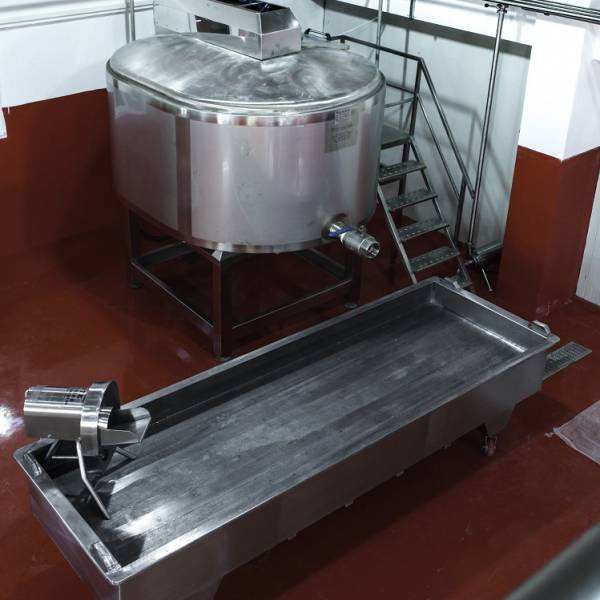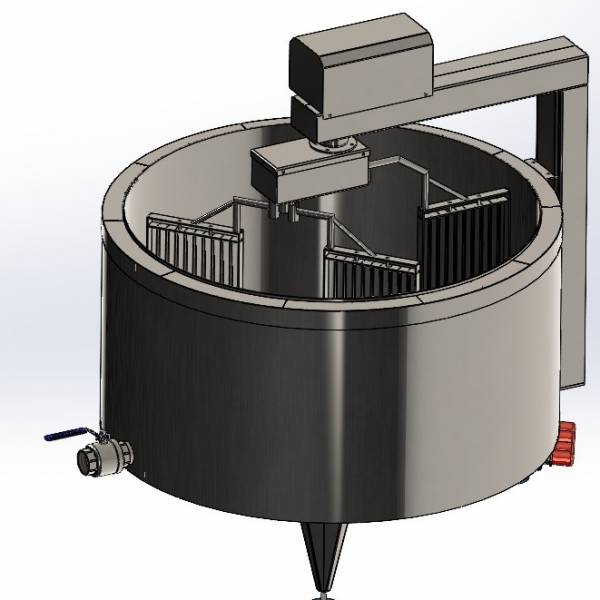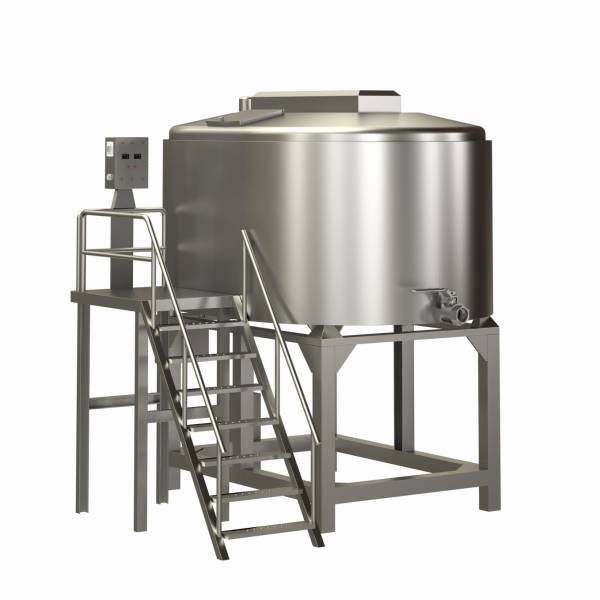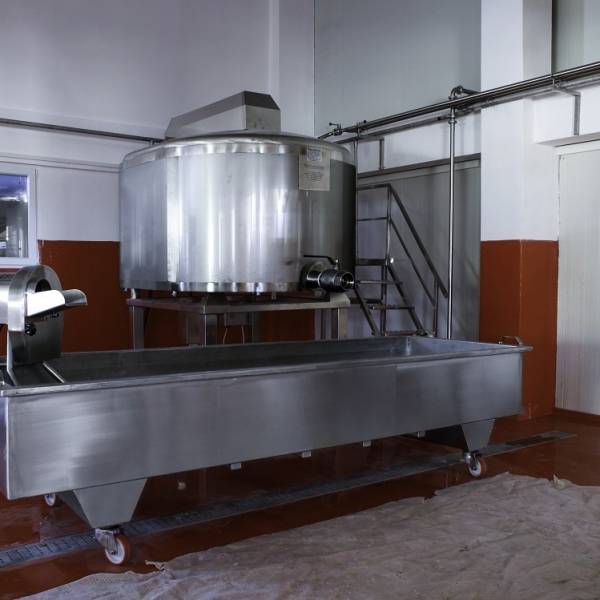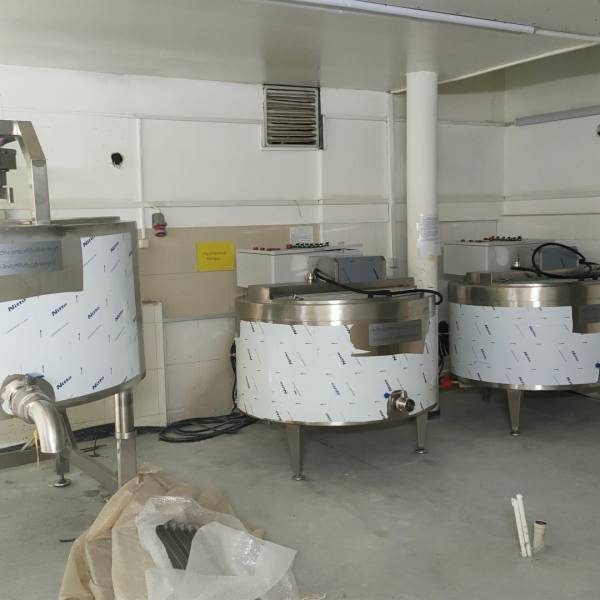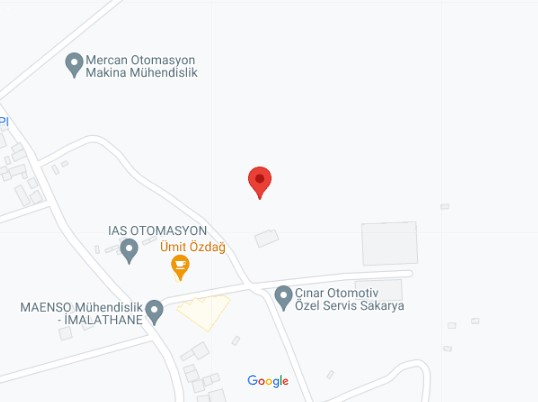Cheese Vat,
Cheese vat also known as a cheese processing tank, is an essential piece of equipment in the dairy industry, specifically designed for the production of various types of cheese, including cheddar, mozzarella, and other semi-hard or hard cheeses. This specialized vat is used for heating, curdling, cutting, and stirring milk to produce high-quality cheese. Cheese vats are widely used in dairies, cheese production facilities, and large-scale milk processing plants.
How a Cheese Vat Works:
1. Milk Heating:
- Milk is poured into the vat and heated to a specific temperature (usually between 30°C - 35°C) to prepare it for curdling.
- The heating process is controlled to ensure optimal conditions for cheese production.
2. Curdling:
- Cheese culture and rennet are added to the milk to initiate the curdling process.
- The milk is left to rest until it forms a solid curd.
3. Curd Cutting:
- Once the curd forms, it is cut into small pieces using specially designed agitators or knives within the vat.
- This step helps separate the curds from the whey.
4. Stirring and Cooking:
- The curds are gently stirred and cooked at a controlled temperature to achieve the desired texture and moisture content.
5. Whey Drainage:
- The whey is drained from the vat, leaving behind the curds, which are then processed further to form cheese.
Key Features of a Cheese Vat:
1. Hygienic Design:
- Made from high-quality stainless steel (304 or 316 grade) to ensure food safety and durability.
- Easy to clean and sterilize, meeting strict hygiene standards.
2. Heating System:
- Equipped with a double-walled (jacketed) design for efficient heating using steam or hot water.
- Precise temperature control ensures consistent cheese quality.
3. Agitators and Cutting Tools:
- Includes agitators for stirring and cutting tools for curd processing.
- Ensures uniform curd size and texture.
4. Automation and Control:
- Modern cheese vats come with automated control systems (PLC panels) for precise temperature and time management.
- Reduces manual intervention and improves efficiency.
5. Capacity Options:
- Available in various sizes to cater to small-scale dairies or large industrial cheese production facilities.
Applications of a Cheese Vat:
- Cheese Production: Used for making cheddar, mozzarella, gouda, and other cheese varieties.
- Curd Processing: Ideal for curdling, cutting, and cooking curds.
- Whey Separation: Efficiently separates whey from curds during cheese production.
- Dairy Processing: Suitable for large-scale milk processing and cheese manufacturing plants.
Benefits of Using a Cheese Vat:
- High-Quality Cheese Production: Ensures consistent texture, flavour, and moisture content in cheese.
- Hygienic Processing: Stainless steel construction and easy cleaning features maintain food safety standards.
- Energy Efficiency: Double-walled design and automated controls reduce energy consumption.
- Versatility: Can be used for producing a wide range of cheese types.
- Durability: Built to last with high-quality materials, ensuring long-term performance.
- Cheese vat
- Cheese processing tank
- Stainless steel cheese vat
- Cheese production equipment
- Curd processing vat
- Industrial cheese vat
- Automated cheese vat
- Cheese making machine
- Dairy processing equipment
- Hygienic cheese vat
Cheese Vat is a vital piece of equipment for the dairy industry, enabling efficient and hygienic cheese production. Whether you're producing cheddar, mozzarella, or other cheese varieties, a cheese vat ensures consistent quality and optimal processing conditions. For dairy businesses looking to enhance their cheese production capabilities, investing in a high-quality cheese vat is a strategic decision that boosts productivity and ensures superior product quality.
